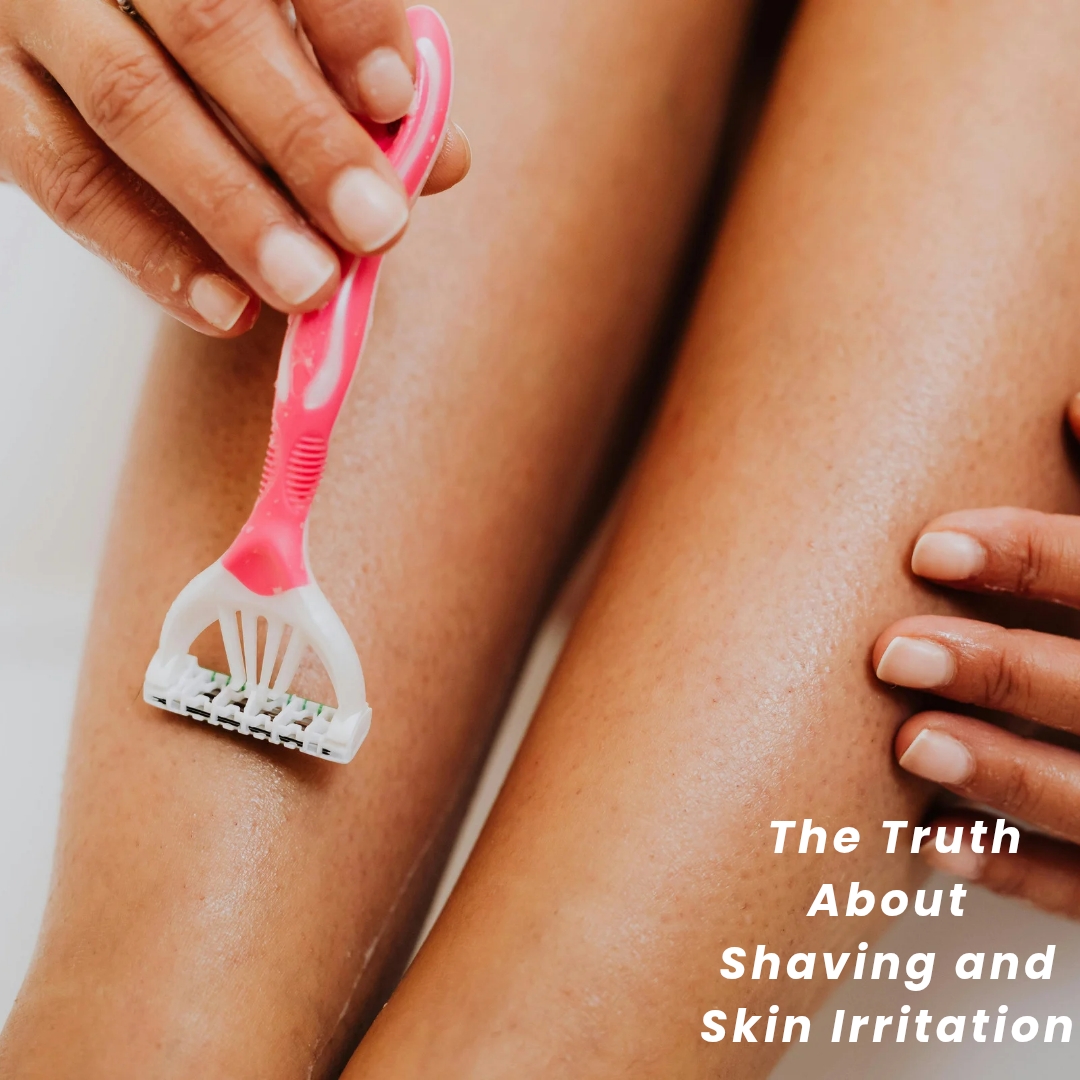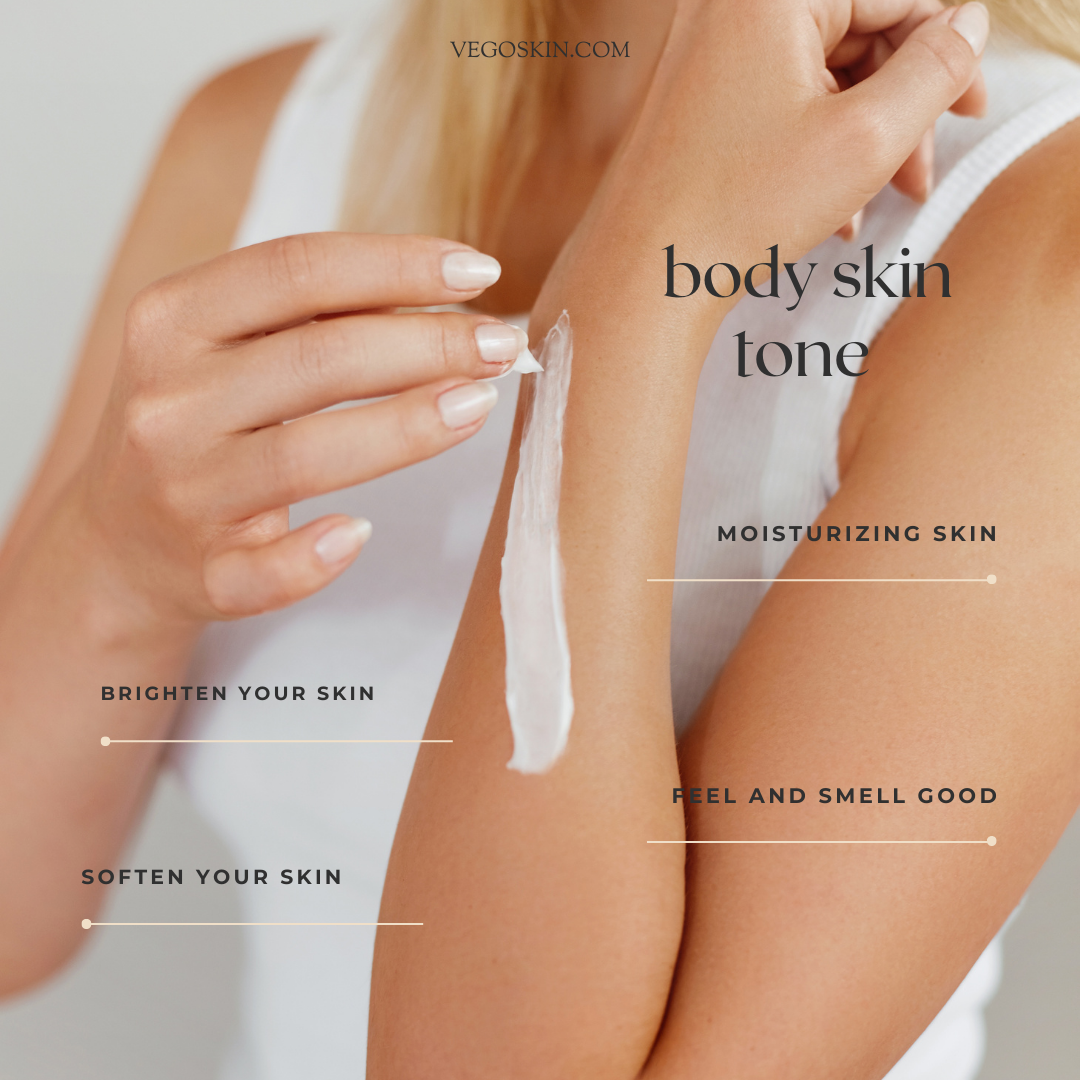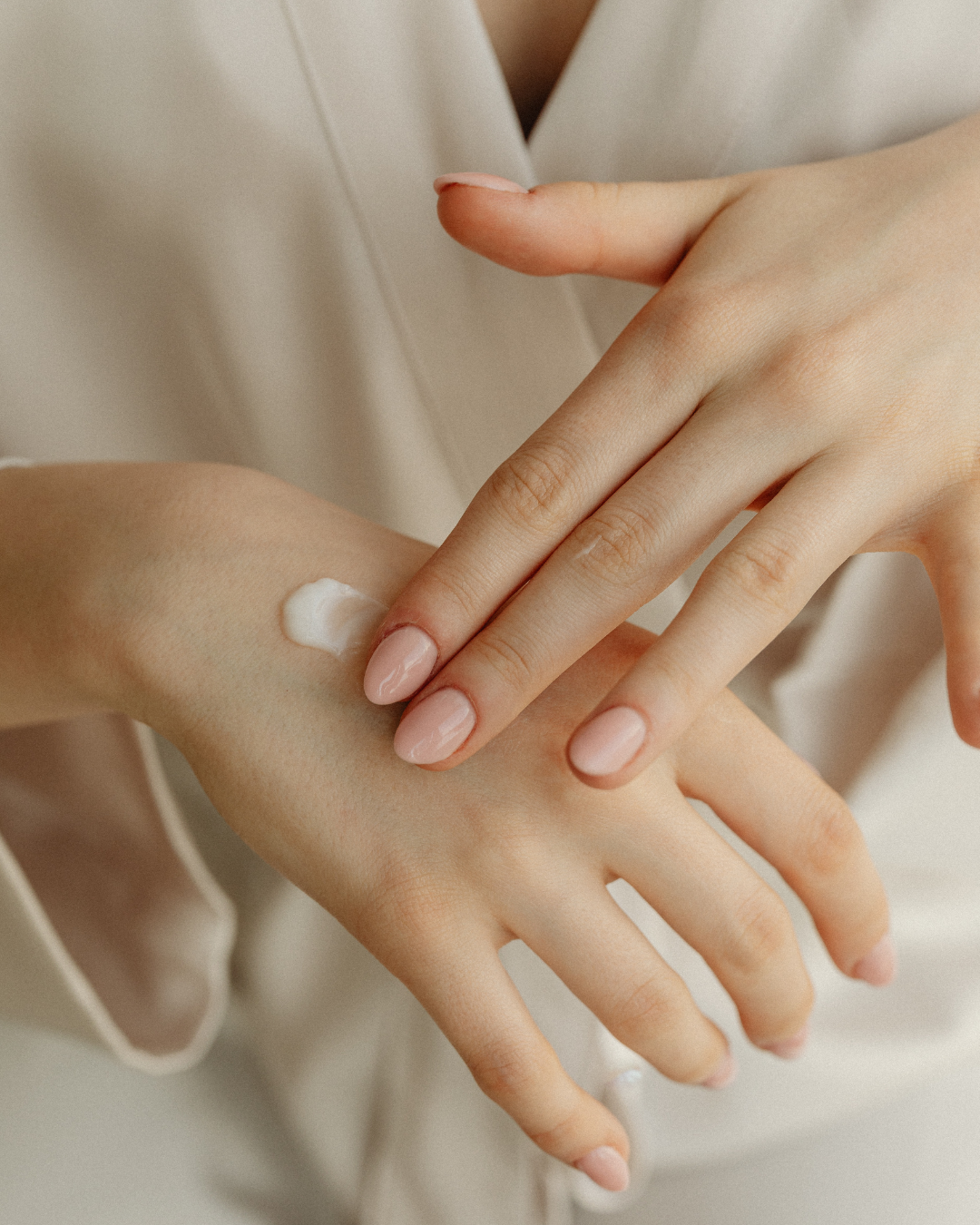The Truth About Shaving and Skin Irritation
Shaving is a daily ritual for many, whether it’s for a smooth face, silky legs, or a well-groomed beard line. But let’s be real—sometimes it feels like a battle against your skin. Razor burn, ingrown hairs, and that dreaded redness can turn a simple grooming task into a frustrating ordeal. So, what’s The Truth About Shaving and Skin Irritation? Why does it happen, and how can you minimize it? This article dives deep into the science, myths, and practical tips to help you achieve a smoother, irritation-free shave.
Why Does Shaving Cause Skin Irritation?
Shaving involves dragging a sharp blade across your skin, which is kind of intense when you think about it. Your skin is your body’s first line of defense, and shaving can disrupt its natural balance. Here’s a breakdown of why irritation happens:
1. The Razor’s Impact on Skin
When you shave, the blade doesn’t just cut hair—it also removes a thin layer of your skin’s outermost layer, the stratum corneum. This layer is made up of dead skin cells that protect the living cells beneath. Scraping it off can leave your skin vulnerable, leading to redness, dryness, or razor burn. According to WebMD, razor burn is a common irritation caused by shaving too closely or using a dull blade.
2. Friction and Pressure
Pressing too hard or using a razor that’s not gliding smoothly creates friction, which can inflame the skin. This is especially true if you’re shaving dry or with minimal lubrication. The result? A stinging sensation and sometimes tiny red bumps that make you question why you even bothered.
3. Ingrown Hairs
Ingrown hairs occur when shaved hair curls back into the skin instead of growing outward. This is more common in people with curly hair or those who shave against the grain. The trapped hair causes inflammation, leading to painful bumps or pustules. Mayo Clinic explains that improper shaving techniques can increase the risk of ingrown hairs, especially in sensitive areas like the bikini line or neck.
4. Sensitive Skin and Allergies
Some people have naturally sensitive skin that reacts to shaving creams, soaps, or even the metal in razor blades (nickel allergies are real!). Harsh chemicals in products, like alcohol or artificial fragrances, can strip your skin’s natural oils, leaving it raw and irritated.
5. Bacteria and Micro-Cuts
Razors can introduce bacteria into tiny nicks or cuts, leading to infections or folliculitis (inflammation of hair follicles). This is why keeping your razor clean is non-negotiable. A study from Healthline highlights that dirty razors are a breeding ground for bacteria, which can worsen irritation.
Myths vs. The Truth About Shaving and Skin Irritation
There’s no shortage of shaving myths floating around, and some of them might be making your irritation worse. Let’s debunk a few and get to The Truth About Shaving and Skin Irritation:
Myth 1: Shaving Makes Hair Grow Back Thicker
You’ve probably heard that shaving causes hair to grow back thicker or darker. Not true! Shaving cuts hair at the surface, not affecting the follicle or growth pattern. The blunt edge of freshly shaved hair might feel coarser, but it’s not thicker. Cleveland Clinic confirms this, noting that hair regrowth is influenced by genetics and hormones, not your razor.
Myth 2: More Blades = Better Shave
Multi-blade razors promise a closer shave, but they can also increase irritation. Each blade passes over your skin multiple times, stripping away more of the protective layer. For sensitive skin, a single- or double-blade razor might be gentler. Try brands like Gillette or Schick for single-blade options designed for sensitive skin.
Myth 3: You Don’t Need to Prep Your Skin
Skipping prep is a rookie mistake. Shaving dry or without softening the hair and skin is a recipe for irritation. Warm water, a good shaving cream, or even a pre-shave oil can make a world of difference. Men’s Health recommends at least a minute of warm water exposure to soften hair before shaving.
Myth 4: Shaving Against the Grain Is Always Bad
Shaving against the grain can give a closer shave, but it’s riskier for irritation, especially if you’re prone to ingrown hairs. That said, it’s not universally bad—it depends on your skin and technique. If you must go against the grain, do it as a second pass after shaving with the grain first.
How to Minimize Skin Irritation When Shaving
Now that we know the causes and have busted some myths, let’s talk solutions. Here are practical, human-tested tips to reduce irritation and make shaving a breeze:
1. Prep Like a Pro
Before you even pick up a razor, prep your skin. Take a warm shower or apply a warm, damp towel to the area for 1–2 minutes. This softens the hair and opens pores, making the shave smoother. Use a gentle exfoliating scrub, like those from The Body Shop, to remove dead skin and prevent ingrown hairs.
2. Choose the Right Razor
Not all razors are created equal. If you have sensitive skin, opt for a razor with fewer blades or one designed for sensitivity, like the Harry’s Truman Razor. Replace blades regularly—dull blades tug at hair and increase irritation. A good rule of thumb is to swap out blades every 5–7 shaves, depending on hair thickness.
3. Use a Quality Shaving Cream or Gel
A good shaving cream or gel provides lubrication, reducing friction. Look for products with soothing ingredients like aloe vera or chamomile and avoid those with alcohol or heavy fragrances. Cremo offers barber-grade creams that are great for sensitive skin. Apply a thick layer and let it sit for a moment before shaving.
4. Shave Smart
- Go with the Grain: Shave in the direction of hair growth to minimize irritation. If you need a closer shave, reapply cream and do a second pass at a slight angle.
- Light Pressure: Let the razor do the work. Pressing too hard increases friction and scrapes the skin.
- Rinse Often: Clear hair and cream from the blade frequently to maintain sharpness and prevent clogging.
5. Post-Shave Care
After shaving, rinse with cool water to close pores and soothe the skin. Pat dry—don’t rub—and apply a fragrance-free moisturizer or aftershave balm. Products with ingredients like witch hazel or tea tree oil, like those from Nivea Men, can reduce redness and calm irritation. Avoid alcohol-based aftershaves, as they can dry out your skin.
6. Keep Your Razor Clean
Rinse your razor thoroughly after each use and store it in a dry place to prevent bacterial growth. Consider using a razor sanitizer or soaking the blade in rubbing alcohol weekly. Dollar Shave Club offers handy razor storage solutions to keep your blades in top shape.
7. Consider Alternatives
If shaving irritation persists, explore alternatives like electric razors or trimmers, which are less likely to cause razor burn. Brands like Philips Norelco offer models designed for sensitive skin. Waxing or laser hair removal might also be worth considering for longer-term hair reduction.
The Role of Skin Type in Shaving Irritation
Your skin type plays a huge role in how it reacts to shaving. Here’s a quick guide:
- Dry Skin: Prone to flaking and tightness, dry skin needs extra hydration. Use a rich shaving cream and follow up with a heavy moisturizer, like Cetaphil’s Moisturizing Cream.
- Oily Skin: Oily skin can clog razors, leading to uneven shaves. Cleanse thoroughly before shaving and use a lightweight, non-comedogenic moisturizer.
- Sensitive Skin: Easily irritated, sensitive skin benefits from hypoallergenic products and single-blade razors. Look for fragrance-free options.
- Combination Skin: A mix of oily and dry areas requires balanced products that hydrate without clogging pores.
Not sure about your skin type? Paula’s Choice offers a handy quiz to help you figure it out.
Lifestyle Factors That Affect Shaving Irritation
Beyond technique and products, your lifestyle can influence The Truth About Shaving and Skin Irritation. Here are a few factors to consider:
- Diet and Hydration: Drinking plenty of water and eating a balanced diet rich in vitamins (like vitamin E and omega-3s) supports healthy skin. Dehydrated skin is more prone to irritation.
- Stress: High stress levels can trigger inflammation, making your skin more reactive. Try stress-relief techniques like meditation or yoga to keep your skin calm.
- Sleep: Lack of sleep impairs your skin’s ability to repair itself, increasing sensitivity. Aim for 7–9 hours of quality sleep.
When to See a Dermatologist
If irritation persists despite your best efforts, it might be time to consult a dermatologist. Chronic redness, severe ingrown hairs, or signs of infection (like pus or swelling) could indicate an underlying issue, such as eczema, psoriasis, or folliculitis. A dermatologist can recommend prescription treatments or professional hair removal options. Find a board-certified dermatologist near you through the American Academy of Dermatology.
Wrapping Up: The Truth About Shaving and Skin Irritation
Shaving doesn’t have to equal suffering. By understanding The Truth About Shaving and Skin Irritation, you can take control of your grooming routine and keep your skin happy. Prep properly, choose the right tools, and listen to your skin’s needs. Whether you’re wielding a razor for a clean shave or trimming a beard, a little care goes a long way. Experiment with the tips and products mentioned, and don’t be afraid to switch things up if something’s not working. Your skin deserves to feel as good as it looks.
Got a shaving tip that works for you? Share it with friends or check out forums like Reddit’s r/skincareaddiction for community advice. Here’s to smooth, irritation-free shaves!



